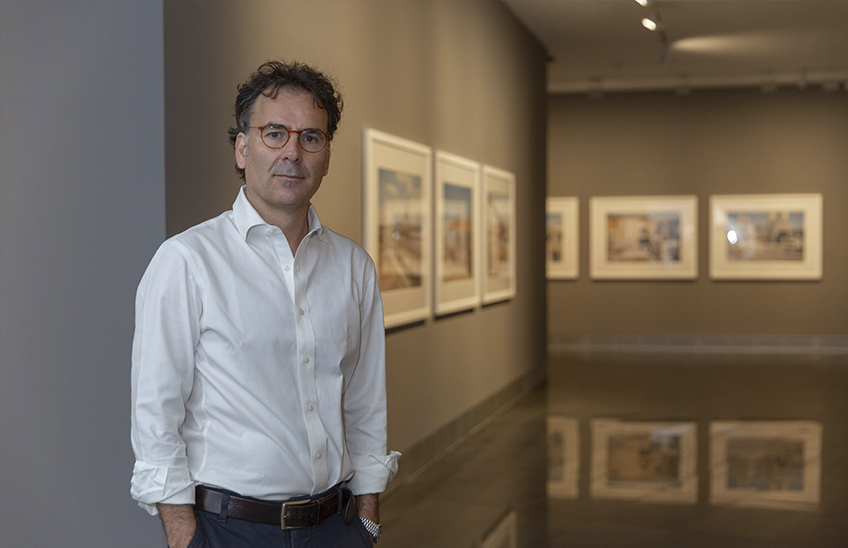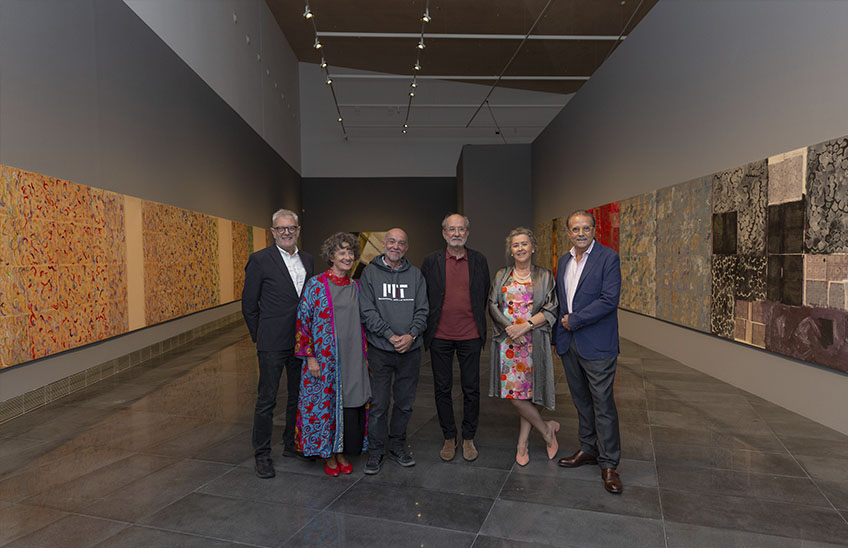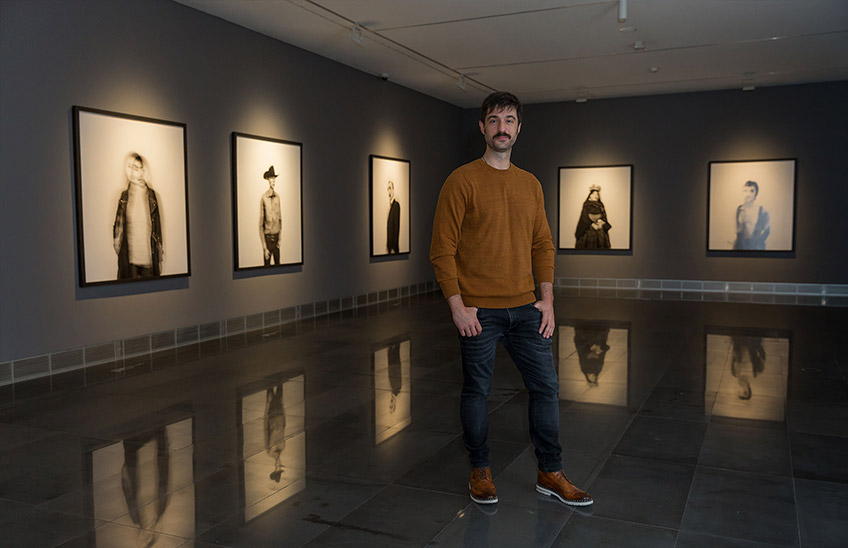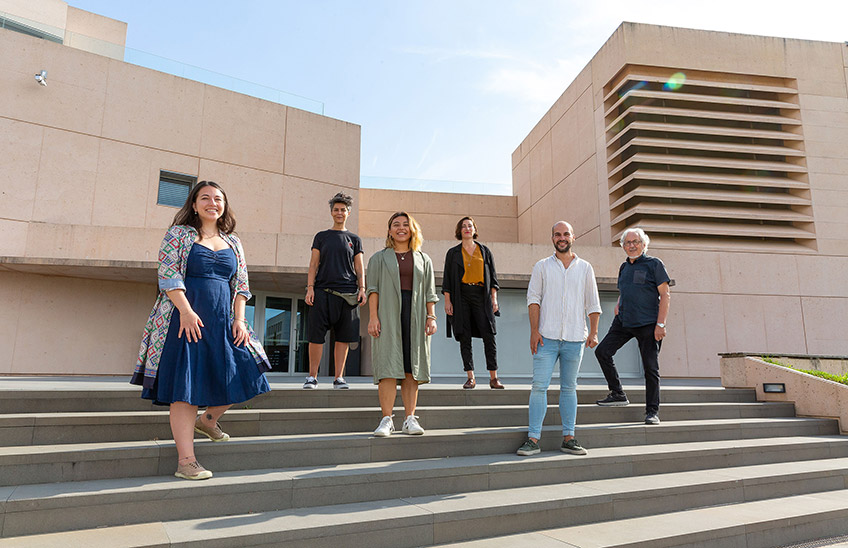The MUN inaugurates the retrospective "Todo es verdad. Fictions and documents (2020-1987)", a journey through Jorge Ribalta's career, from illusionist to documentary photography.
Co-produced with the Mapfre Foundation, exhibition explores the disruptions and continuities of a highly original artistic biography through 14 series.

19 | 10 | 2022
The exhibition Todo es verdad. Fictions and Documents (1987-2020), which has opened at the Museo Universidad de Navarra, proposes a 'total' journey through the singular artistic career of Jorge Ribalta (Barcelona, 1963). After its passage through the Mapfre Foundation in Madrid, co-producer of the sample, this acquires a new significance in the rooms of the MUN. It also includes, ScramblingIn addition, it includes the work that the author made in the Alhambra of Granada for the project of residency program artistic Tender Bridges of the Museum.
"The spectator will find a great variety of photographic registers, from images built on emulsioned canvas to some in color -black and white predominates-. They are works of fictionalized or theatricalized photography until reaching the current work , with a speech on the document, to finish with a part in which the documentary is mixed with the theatrical", explains the artist. In his presentation to the media, he was accompanied by Valentín Roma, curator of the exhibition; and Valentín Vallhonrat, director artistic of the Museum together with Rafael Levenfeld.
ILLUSIONISM AND DOCUMENTARY
The retrospective, which follows a chronological order, gathers the artistic biography of a deeply original author, who has dedicated a good part of his professional career to the artistic internship in the field of photography, curatorship, cultural management , criticism, research and editing. The journey begins in 1987 and reaches a turning point in 2005: the passage from an illusionist photography, which poetically explores naturalism, to one that addresses the reinvention of documentary photography and reaches the present.
The change in its work, the move to the more documentary tradition, came after the Forum of Cultures, held in Barcelona in 2004. "This event has marked the urban history of the city. I try to represent the passage from an industrial city to the post-industrial one. It is the element that triggers issues that will come later, such as the study of the cultural field, the passage from one economic model to another."
In the artist's words, the exhibition has meant "a reconciliation" with his previous work , "being faithful" to his current position, and an opportunity to "problematize these easy oppositions between fiction and non-fiction. Documentary is also a form of fiction and fiction is a way of representing the era. There are two antagonistic traditions, but it is more complex than we may think". The degree scroll, a tribute to curator and publisher Julián Rodríguez, is inspired by Orson Welles ' well-known and unfinished documentaryIt's All True (1941-1943): "At a time when people talk about photography being dead, about post-truth and post-photography, it is about defending that the great contribution of photography in modernity is the principle of reality. And, today more than ever, in the current context that calls it into question, the task is precisely to preserve it".
BRIDGE BUILDING
The sample includes the Scrambling series, his participation in the curatorial project Tender Bridges. Ribalta was especially inspired by a work by Charles Clifford, from the MUN Collection, chosen by Roland Barthes in his famous book La Camera Lucida.
"The series, which is based on some of Clifford's photographs taken in the Alhambra on a trip the photographer made in the 1960s, tries to show how the monument works. He considers that it is not something that survives from the past but as a factory in which all the elements that integrate it intervene: security, conservation, maintenance, exploitation... The work tries to make that functioning visible and is made, precisely, when the hydraulic system of the Patio de los Leones was restored in 2011. It works as a metaphor, as if the monument were on a dissection table, with its belly open, and we can see what it has inside," says the author.
The sample, which brings together more than 600 photographs, a piece consisting of four projections and three showcases with documents and other materials, such as the original Clifford photographs belonging to the MUN that served as inspiration for Scrambling, is not only a journey through Ribalta's photographic work, but also reflects the pulse of the era in which each work is inscribed.




